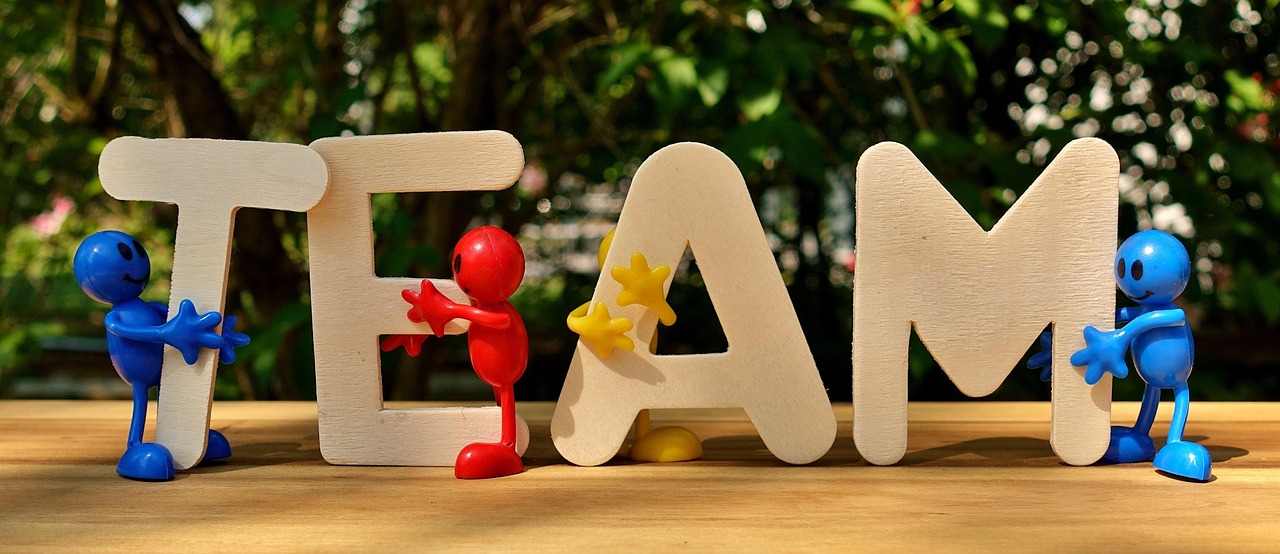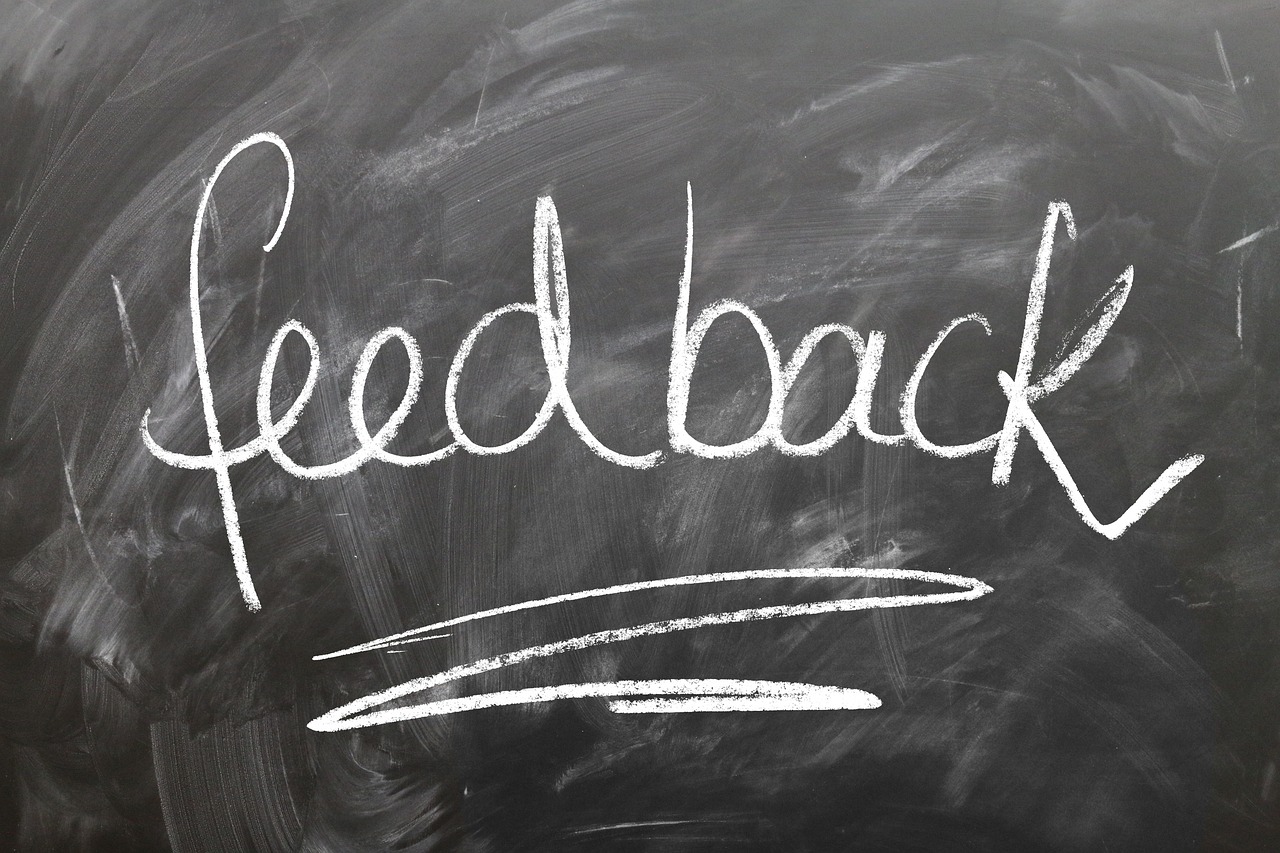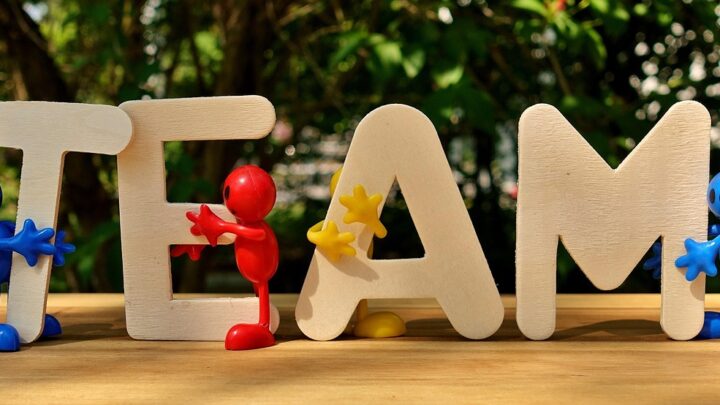
The Truth About How Playful Competition Boosts Team Connection and Leadership Skills
Exploring Competitive Spirit
The spirit of competition can be a powerful tool for leaders and managers aiming to enhance relationships among team members. By integrating playful competition into workplace dynamics, organizations can foster a sense of belonging and connection, ultimately driving productivity and engagement. Research indicates that teams that engage in competitive activities experience a 20% increase in collaboration, suggesting that competition can be a catalyst for building stronger interpersonal relationships.
Benefits of Playful Competition
Playful competition introduces an element of fun, allowing team members to connect in novel ways. This approach not only boosts morale but also enhances overall job satisfaction. For instance, companies that implement gamified elements in their processes have reported a 30% increase in employee engagement. By promoting friendly competition, employees can develop camaraderie, making it easier to navigate challenges together.

Strategies for Implementing Competition
Implementing competition in the workplace requires thoughtful strategies. Managers can introduce team-based challenges that align with company goals, such as sales contests or project milestones. According to a study published in the Journal of Organizational Behavior, organizations that actively encourage competition see a 15% improvement in team performance metrics. By setting clear objectives and recognizing achievements, leaders can create an environment where competition thrives, driving both individual and collective success.

Measuring the Impact of Competition
To understand the effectiveness of competitive initiatives, it is essential to measure their impact. Key performance indicators (KPIs) such as employee retention rates, productivity levels, and team cohesion can provide valuable insights. For example, a recent survey indicated that organizations with competitive team-building activities saw a 25% decrease in employee turnover. By tracking these metrics, leaders can refine their approaches, ensuring that competition remains a positive force within their teams.
Creating a Culture of Belonging
Fostering a culture of connection and belonging is crucial for team cohesion. Playful competition can serve as a bridge to strengthen these bonds. Leaders should emphasize inclusivity, ensuring that all team members feel valued and engaged. According to a report by Deloitte, organizations that prioritize belonging experience 2.3 times higher employee performance. By cultivating an environment where competition is paired with collaboration, managers can enhance the sense of belonging within their teams.
Overcoming Challenges in Competition
While competition can yield many benefits, it is important to acknowledge potential challenges. Some team members may feel threatened or discouraged by competitive dynamics. Leaders must address these concerns by promoting a healthy competitive spirit that emphasizes personal growth over rivalry. Effective communication is key; by encouraging open dialogue, managers can mitigate feelings of inadequacy and foster a supportive atmosphere. A survey by Gallup found that 70% of employees who feel supported by their managers are more likely to engage in healthy competition.
Encouraging Team Collaboration
Balancing competition with collaboration is vital for long-term success. Leaders can create opportunities for teamwork within competitive frameworks, ensuring that employees work together toward shared goals. For example, integrating cross-departmental challenges can enhance collaboration while leveraging the competitive spirit. Research by McKinsey highlights that organizations that encourage collaboration see a 35% increase in innovation, demonstrating the power of merging competition with teamwork.
Recognizing Achievements
Recognition plays a crucial role in reinforcing the positive aspects of competition. Celebrating individual and team achievements not only boosts morale but also motivates others to strive for their best. Implementing recognition programs can enhance the competitive spirit by showcasing top performers and their contributions. According to a study by the Society for Human Resource Management, organizations that recognize employees regularly have 14% higher employee engagement scores.

Sustaining Competitive Momentum
To maintain the positive effects of competition, leaders must continually assess and adapt their strategies. Regular feedback sessions and team reflections can help identify what works and what needs improvement. This iterative approach allows organizations to keep the competitive spirit alive while ensuring it aligns with broader company goals. A report from the Corporate Leadership Council found that organizations that adapt their strategies based on employee feedback see a 20% increase in performance outcomes.

Conclusion on Competitive Spirit
In conclusion, embracing the spirit of competition can significantly enhance team dynamics and foster a culture of connection and belonging. By implementing thoughtful strategies, measuring impact, and maintaining a focus on collaboration, leaders can harness competition as a driving force for success. The key lies in balancing fun with achievement, ensuring that every team member feels valued and engaged in the journey toward collective goals. As the workplace continues to evolve, leveraging the competitive spirit will be essential for organizations aiming to thrive in a dynamic environment.




